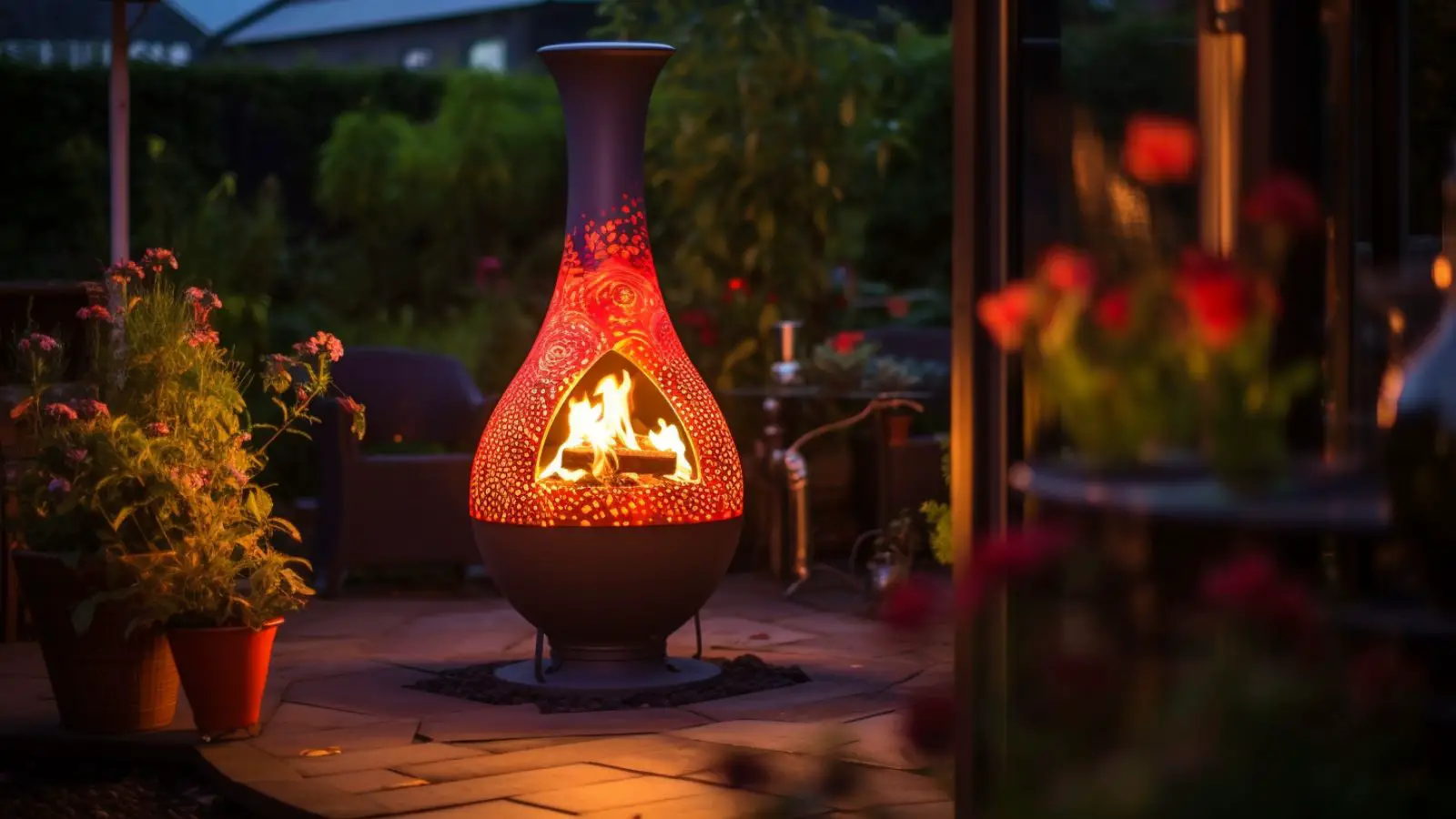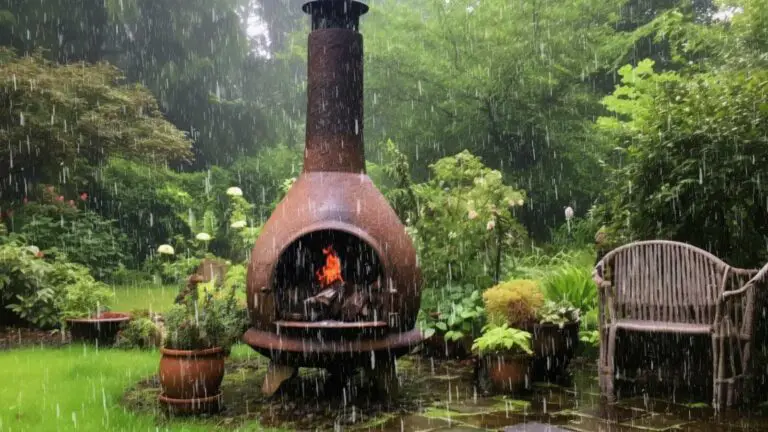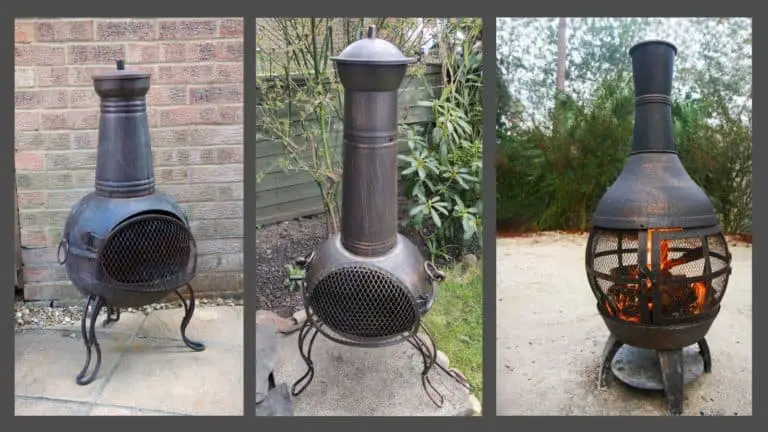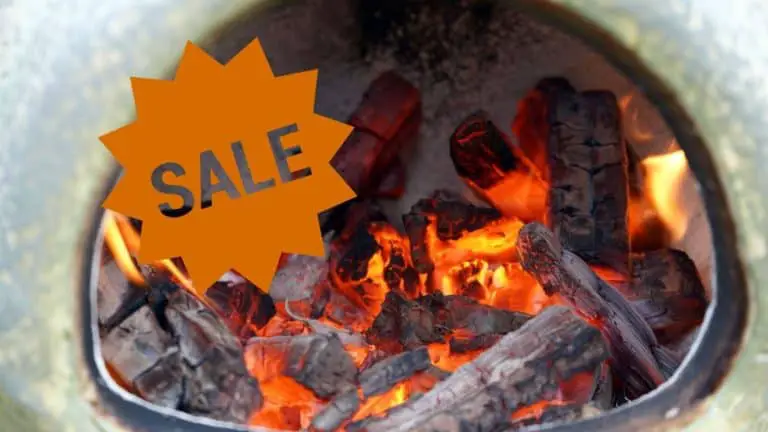Are Chimineas Warm?
Picture this: a chilly evening, stars overhead, and the warm glow of a fire beckoning you closer. But wait! Is that a chiminea you see? And the million-dollar question (or maybe just a tenner) is: does it pack the heat or just look neat? Let’s find out!
are chimineas good for heat?
Chimineas, with their curvy bodies and tall chimneys, aren’t just outdoor ornaments. They’re heat-producing powerhouses! But how warm do they get? Well, in testing, a clay chiminea radiates a toasty 36° celsius at a range of 2 metres. Not too shabby, right?
Factors Heating Up the Scene
Now, not all chimineas are created equal. How hot your chiminea gets can depend on:
Chiminea Showdown: Clay vs. Metal

While clay chimineas have their rustic charm, they might not be the heavy hitters in the heat department. They’re limited to burning wood, and let’s face it, clay doesn’t radiate heat like its metal counterpart. But don’t write them off just yet! Modern clay chimineas have evolved, with high heat-resistant materials making them contenders in the warmth arena.
On the flip side, metal chimineas, especially the cast iron variety, are like the rockstars of the chiminea world. They can burn hotter, longer, and are versatile with fuel choices. Plus, they double up as BBQs. Talk about multitasking!
| Warmth Factors | Clay Chimineas | Metal Chimineas |
|---|---|---|
| Heat Radiation | Radiates up to 36° celsius at 2 metres. | Typically hotter, especially if made of cast iron. |
| Material Efficiency | Clay retains heat but may not radiate as effectively. Modern types have improved heat resistance. | Metal, especially cast iron, radiates heat more effectively and retains it longer. |
| Fuel Compatibility | Limited to wood. Coal etc burns too hot and will crack your clay chiminea. | Can burn wood, coal, or charcoal. Charcoal and coal can produce a hotter, longer-lasting fire. |
| Weather Influence | Performance can vary based on external temperatures. | Generally more consistent, but external temperatures can still influence heat output. |
| Heat Range | Typically 1-4 metres, depending on size and external conditions. | Larger metal chimineas can radiate heat further, sometimes beyond 4 metres. |
| Durability & Maintenance | Can crack under intense heat or moisture. Requires careful maintenance. | More durable, especially cast iron. Can rust if not maintained, but withstands higher temperatures. |
| Warmth Longevity | Might cool down faster due to material and fuel limitations. | Retains and radiates heat for longer durations, especially if using coal or charcoal. |
| Safety & Heat Management | Exterior can become very hot. Requires careful handling. | Exterior can become extremely hot, especially cast iron variants. Requires heat-resistant gloves. |
Chimineas vs. Firepits: The Heat Battle
Firepits might seem like the popular kids, producing heat in a 360-degree spectacle. But here’s the catch: their heat rises and dissipates quickly. Chimineas, on the other hand, are the unsung heroes, efficiently radiating heat and using less fuel. And for those torn between the two, 360-degree chimineas offer the best of both worlds!
READ NEXT: Chimineas vs Firepits
The Ultimate Heat Machine
If you’re on the hunt for the crème de la crème of chimineas, look no further than the large or extra-large cast iron variants. They’re the Ferraris of the chiminea world, designed for high heat levels and offering a fantastic cooking experience. Sure, they might be pricier, but can you really put a price on warmth and style?
FAQ Are Chimineas Warm
How warm do chimineas actually get?
In testing, a clay chiminea can radiate heat up to 36° celsius at a distance of 2 metres. The warmth can vary based on several factors like material, size, and fuel used.
Is there a difference in warmth between clay and metal chimineas?
Yes, metal chimineas, especially those made of cast iron, typically produce and radiate more heat than clay ones. They can also retain heat for longer durations.
How does the outside temperature affect a chiminea’s warmth?
The surrounding air temperature can influence the heat output of a chiminea. For instance, in colder conditions, the same chiminea might not provide as much warmth as it would on a milder day.
What’s the best fuel to use in a chiminea for maximum heat?
While wood is a common fuel for chimineas, metal chimineas can also burn coal or charcoal. Coal and charcoal tend to produce a hotter and longer-lasting fire compared to wood.
Are chimineas a good choice for heating during colder months?
Chimineas can be used during colder months, but their effectiveness will depend on factors like chiminea size, material, and the external temperature. A large metal chiminea, for instance, can provide significant warmth even in colder conditions.
How close do I need to be to a chiminea to feel its warmth?
The heat range of a chiminea typically spans from 1 to 4 metres. However, this can vary based on the chiminea’s size, material, and the intensity of the fire.
Are there chimineas that offer heat in all directions, like firepits?
Yes, there are 360-degree chimineas available that radiate heat all around, acting as a hybrid between traditional chimineas and firepits.
Which type of chiminea offers the best heat output?
Large or extra-large cast iron chimineas are often considered the best for heat output. They can withstand high heat levels and radiate warmth over a larger area.
Wrapping Up: To Warm or Not to Warm?
Are chimineas warm? The answer is a resounding YES! But like all things in life, it depends on your choices. Size, material, fuel, and even the weather play their part. But one thing’s for sure: a chiminea is more than just a pretty face. It’s a beacon of warmth, atmosphere, and style for your garden.
In the words of Shakespeare (or maybe just me), “To warm or not to warm is not the question. The real question is, where’s the marshmallow stick?”
For more detail about how hot chimineas get, check out our article.







